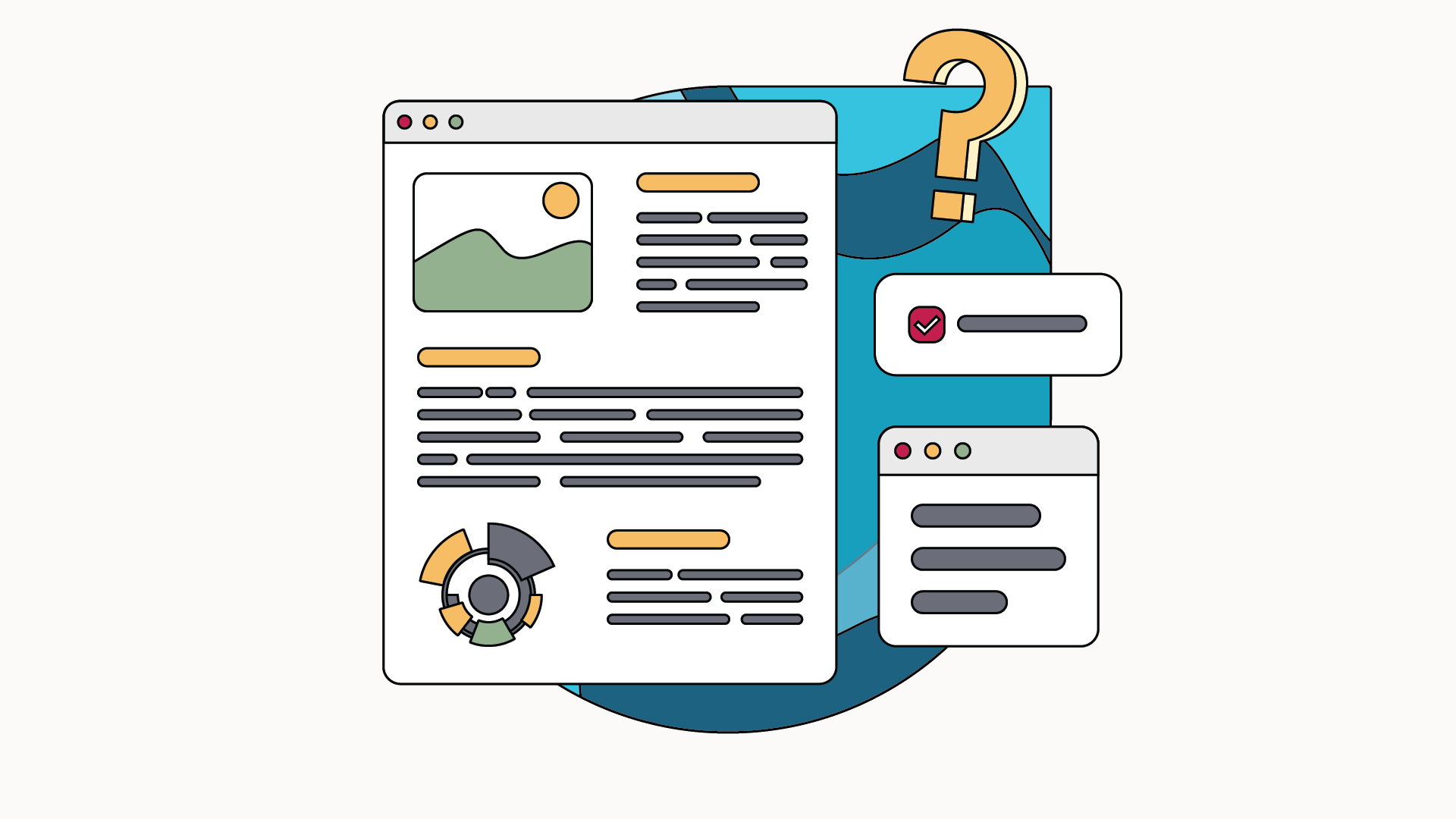The Blended Learning, or “blended training” in French, is a training model combining face-to-face and distance learning activities. A trainer accompanies the learners and they must also complete certain online training modules composed of theoretical parts and practical exercises.
The advantage of Blended Learning is that The learner is the main actor in his training and enjoys great freedom of learning. This solution is therefore a good compromise for learners but also for businesses.
The face-to-face part is dedicated to exchanges between the trainer and the learners to take stock of progress and to clarify any blocking points. The trainer is the learners' main point of contact and has the role not only to guide participants in their training course but also to correlate the theoretical points raised with one's own experience.
Distance learning is done through a solution ofelearning and participants are free to choose learning slots in order to learn at their own pace. These moments can be in the evening or at the weekend at home via a computer or, depending on the availability of the platform, in transport with their smartphone.
Step 1: Determine training goals
As with any learning strategy, you need determine the educational objectives first before starting the creation of the training plan and its contents. Among the questions to ask yourself, we find:
- What are the skills that learners need to develop?
- What is the essential information to be transmitted and included in the course syllabus?
- Which tools should be preferred, what are the most appropriate to achieve the educational goals?
- What instructional design theories are going to be used to build the course?
- How long should the training last?
- How many modules will be required to transmit the skills and knowledge in question?
- How will learners' feedback be taken into account?
- How will learners be assessed?
The objectives of the Blended Learning training will serve as Guide to building the course in order to know what skills to acquire and how to transmit them.
-> What actions should be put in place?
- Determine the objectives of the training;
- Determine the duration of the training
- List the theoretical concepts to be addressed;
- Define practical exercises for the acquisition of skills;
- Decide on the type of feedback expected at the end of the training.
Step 2: Create a lesson plan
The course plan is essential for the learners and the speaker to ensure that all the points have been addressed. A clear vision of the training path allows learners to project themselves there.
The creation of the program involves the integration of educational objectives, tests, teaching tools used, and due dates.
-> What actions should be put in place?
- Detail the different parts of the training plan;
- Integrate the course program;
- Insert the educational objectives;
- List the presentation assignments to be submitted and their due dates.
Step 3: Create interactive content
Since Blended Learning is largely based on distance learning, it is necessary to find ways to engage participants. Interactive content is the best way to keep learners engaged and motivated. The courses must be built by varying the types of support: didactic content, theoretical courses to read, videos, podcasts, Gamification, etc.
-> What actions should be put in place?
- Determine the aspect of your Blended Learning strategy;
- Select the educational tools available with the platform;
- Adapt educational content to interactive formats.
Step 4: Suggest group activities
Group work is important in Blended Learning because they allow participants to enrich each other and acquire new knowledge through collective intelligence. We can rely on a Social Learning strategy. Everyone benefits from the skills of the other learners. Exchanges should be encouraged through group exercises, common discussion spaces to share opinions, ideas or tools, and finally the provision of virtual chat rooms (preferably one per working group).
-> What actions should be put in place?
- Suggest topics for work or discussion;
- Set up collaborative workspaces;
- Use online discussion tools integrated into the educational platform or external (example: Discord).
Step 5: Evaluate learners
The implementation of an evaluation plan makes it possible to validate the achievements of the participants and to monitor their progress. These can be formal tools (MCQs) or end-of-session exchanges. A summary can also be offered by the trainer at the end of each section to highlight the essential information to remember.
-> What actions should be put in place?
- Propose an evaluation at the end of each session in the form of a case study or multiple choice questions;
- Take a moment at the end of the session to discuss with the learners in order to assess what they have understood;
- Provide a summary of the course with the essential concepts to remember.
Step 6: Sharing resources
Blended Learning makes it possible to sharing resources with learners, such as links to articles, video tutorials, a shared wiki, and additional training. These sources can be added to the lesson plan. to allow learners to deepen a subject or to have a better context.
-> What actions should be put in place?
- Make available resources (courses, articles, videos) available in a shared space;
- Open a common wiki that learners can enrich.
Step 7: Gather feedback
In order to enter into a continuous improvement process, it is necessary to collect feedback from learners. Various methods are possible: send a questionnaire at the end of the module or exchange regularly with the learners so that they can express their feelings and ideas.
-> What actions should be put in place?
- Conduct surveys at the end of each course and analyze the responses;
- Conduct instant discussions during face-to-face sessions to invite participants to express themselves and share their ideas.




